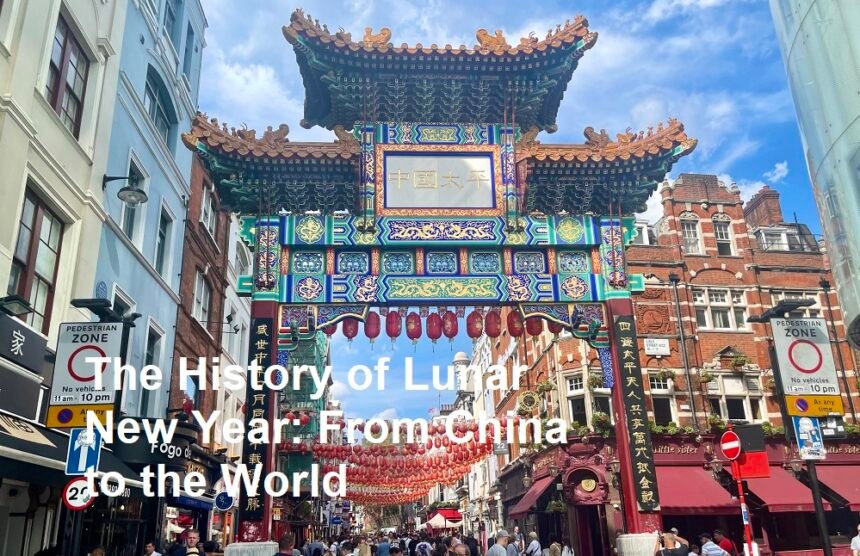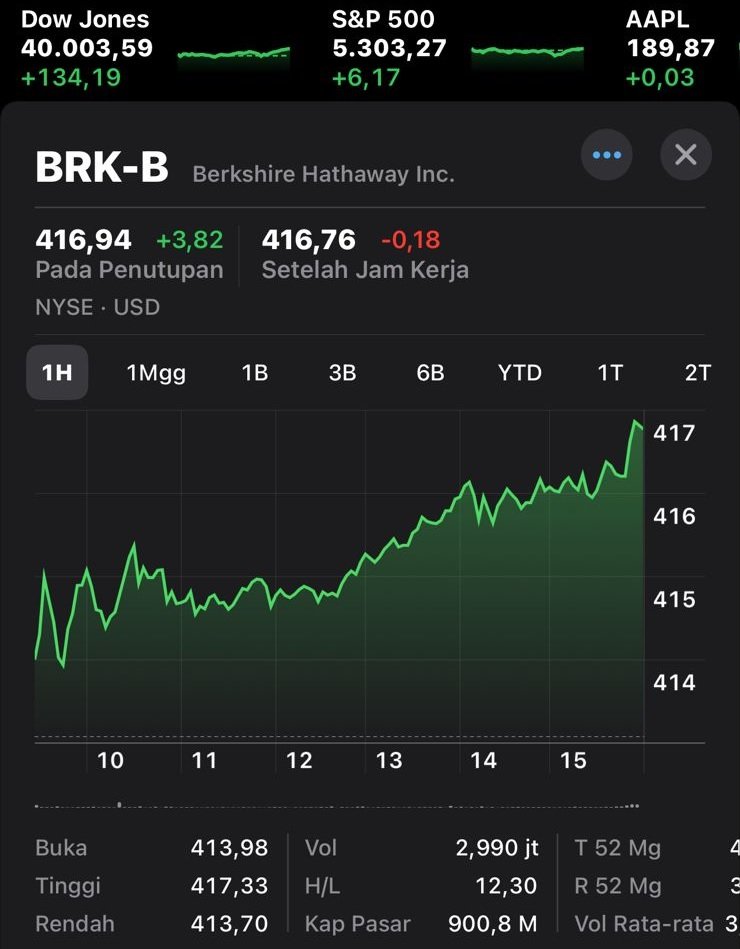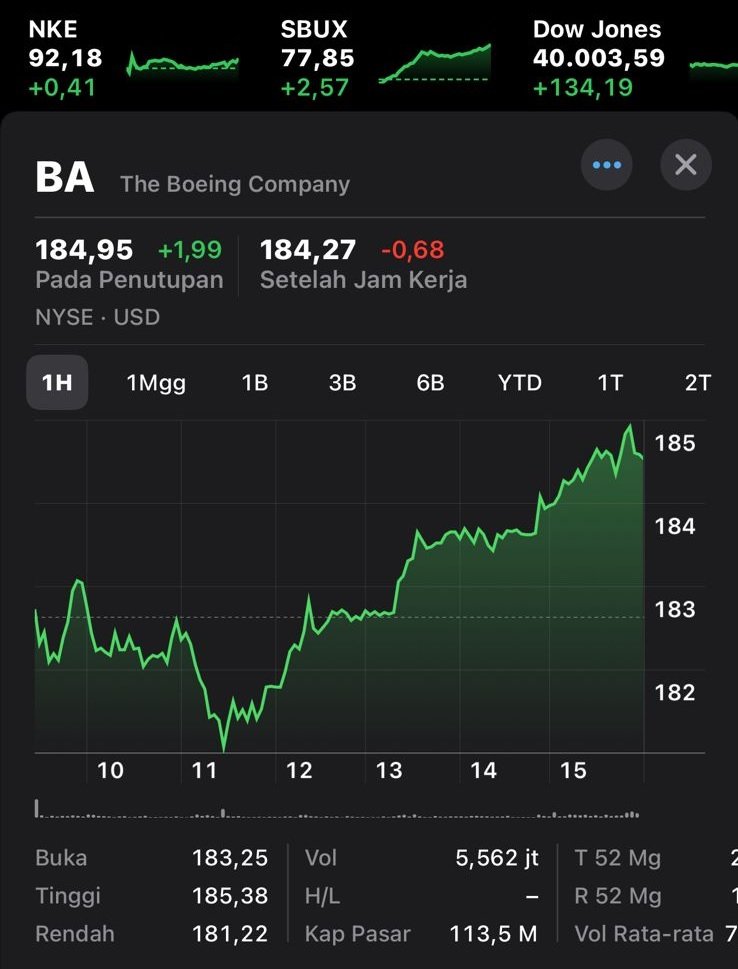The Lunar New Year, also known as Chinese New Year or the Spring Festival, is one of the oldest and most significant celebrations in Chinese culture. Originating over 4,000 years ago, this festival has evolved from ancient rituals to a global celebration observed by millions of people worldwide. Today, the Lunar New Year is not only celebrated in China but also in many countries with large Chinese communities, spreading across Asia, Europe, the Americas, and beyond.
This article explores the origins, traditions, and global expansion of the Lunar New Year, showing how this festival has transcended borders while preserving its cultural essence.
Ancient Origins: The Birth of the Lunar New Year
The Lunar New Year dates back to the Shang Dynasty (1600–1046 BCE) and was originally a time to worship deities and ancestors. Ancient Chinese believed that the transition between years was a crucial moment to honor nature, spirits, and family ancestors.
One of the earliest legends associated with the festival is the myth of Nian (年兽), a ferocious beast that terrorized villages at the end of each year. According to folklore:
- Nian was afraid of loud noises, bright lights, and the color red.
- Villagers discovered that by setting off firecrackers, displaying red decorations, and wearing red clothes, they could scare away the beast.
- Over time, these practices became an annual tradition, forming the basis of modern Lunar New Year customs.
During the Han Dynasty (202 BCE – 220 CE), the festival became more structured, and Emperor Wu of Han established it as an official annual celebration based on the lunar calendar.
Key Traditions and Symbolism
Lunar New Year customs have evolved over centuries, but many core traditions remain. Some of the most significant include:
- Reunion Dinner (年夜饭, Nián yè fàn) – Families gather on New Year’s Eve for a large feast, symbolizing unity and prosperity. Special dishes like dumplings (jiaozi), fish (symbolizing abundance), and sticky rice cake (nian gao, meaning “higher year”) are commonly served.
- Red Envelopes (红包, Hóngbāo) – Elders give money-filled red envelopes to children and unmarried adults as a symbol of good luck and fortune.
- Dragon and Lion Dances – These performances bring good luck and drive away evil spirits. The lion dance is particularly popular in Southern China, while the dragon dance is a key feature in Northern China.
- Fireworks and Firecrackers – Originally used to scare off evil spirits, fireworks have become a spectacular tradition, especially in China’s major cities like Beijing and Shanghai.
- Visiting Temples and Ancestral Worship – Many people visit Buddhist and Taoist temples to pray for a prosperous year ahead, while others honor their ancestors through offerings and rituals.
Lunar New Year Expands Beyond China
As Chinese migrants settled in different parts of the world, they brought their Lunar New Year traditions with them. Today, many countries and regions have adopted their own variations of the celebration.
- East Asia: Korea and Vietnam
- In South Korea, the festival is known as Seollal, where families dress in hanbok (traditional attire), play games, and eat tteokguk (rice cake soup).
- In Vietnam, the celebration is called Tết (Tết Nguyên Đán). Families decorate their homes with peach blossoms and kumquat trees, and children receive lì xì (red envelopes).
- Southeast Asia: Singapore, Malaysia, Indonesia
- Countries like Singapore, Malaysia, and Indonesia have large Chinese communities that celebrate Lunar New Year with grand parades, fireworks, and public events.
- In Singapore, the Chingay Parade is a spectacular event featuring floats, performers, and cultural displays.
- In Indonesia, particularly in Jakarta and Medan, barongsai (lion dance) and wayang (shadow puppet performances) add a local touch to the celebrations.
- Western Countries: United States, Canada, United Kingdom, Australia
- United States: Major cities like New York, San Francisco, and Los Angeles host Lunar New Year parades, with Chinatown districts decorated in red lanterns.
- Canada: In cities like Vancouver and Toronto, cultural festivals celebrate Chinese, Korean, and Vietnamese New Year traditions.
- United Kingdom: London’s Trafalgar Square hosts the biggest Chinese New Year event in Europe, featuring music, dance, and martial arts performances.
- Australia: Sydney and Melbourne light up with fireworks, dragon boat races, and street festivals, attracting both Asian and non-Asian communities.
Lunar New Year in the 21st Century: A Global Celebration
In recent years, Lunar New Year has gained international recognition. Some notable developments include:
- The United Nations officially recognizing Lunar New Year as a cultural festival celebrated worldwide.
- Countries like Canada, the Philippines, and Indonesia declaring it as an official public holiday.
- Major global brands incorporating Lunar New Year themes into their products, from luxury fashion houses to technology companies releasing special edition items.
Even Western pop culture has embraced the holiday. For example:
- Hollywood films like Kung Fu Panda 3 premiered during Lunar New Year to appeal to Chinese audiences.
- Sports teams, such as the NBA and Premier League, release Lunar New Year-themed jerseys and events for their Asian fan base.
From its ancient origins in China to becoming a global celebration, the Lunar New Year has successfully preserved its traditions while evolving with modern influences. It remains a time for family reunions, cultural pride, and new beginnings.
As the Year of the Wood Snake (2025) unfolds, the world once again unites in celebrating one of humanity’s oldest and most cherished festivals. Whether in Beijing, Bangkok, New York, or London, the spirit of Lunar New Year continues to shine bright, symbolizing hope, prosperity, and renewal for all.
Happy Lunar New Year! Wishing you happiness,













